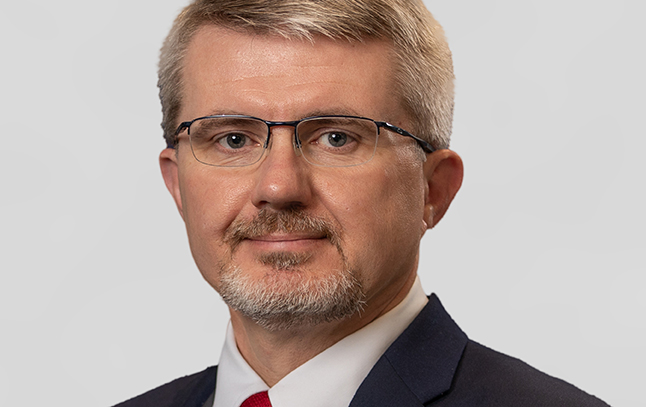
David Cook
“Deeper learning is the outcome that arises from the input of rich, meaningful learning experiences. In other words, the deeper learning occurs as a result of the rich, meaningful experiences.” – Carmen Coleman, Ed.D., Chief of Transformational Learning and Leading, Ohio Valley Educational Cooperative
Deeper learning.
It is a current flashpoint in education. The term is misused and misunderstood, and often results in a focus on the learning experience itself rather than the learning.
This is particularly interesting to me recently as I’ve been looking at learning in the context of how we use the word.
Like many other words in the English language, “learning” has two meanings. First, as a noun referring to the activity or experience by which learning takes place. Second, and more important to real outcomes for learners, “to learn” is a verb relating to the action taking place inside each learner.
“We define learning as the transformative process of taking in information that – when internalized and mixed with what we have experienced – changes what we know and builds on what we do. It’s based on input, process and reflection. It is what changes us.” – From The New Social Learning by Tony Bingham and Marcia Conner
Those last two sentences are the key: “It’s based on input, process and reflection. It is what changes us.” The input, process and reflection are the noun “learning.” The change is the verb.
So what?
Like many of you I spend much of my time in discussions with people about all the types of learning occurring in schools around the world. Using the word learning as a noun takes on many forms, including personalized learning, competency-based learning, project-based learning, work-based learning and deeper learning.
You may remember watching the Sesame Street segment called “one of these things is not like the other.” A perfect example of that being deeper learning is the change that occurs because of the other types of learning mentioned above. It is NOT an additional type of learning.
The types of learning listed above (i.e. personalized learning, competency-based learning, project-based learning, work-based learning and many others) are the “input, process and reflection” of our learning definition. They are simply the instructional models that lead the learner to true education – to the deeper learning required for genuine success.
Deeper learning isn’t found within the practice of project-based instruction, personalized instruction or competency-based instruction. Deeper learning is how the learner applies that instruction. It’s what changes the learner, taking them to meaningful action.
All these types of instruction make deeper learning possible. They require the learner to not only acquire knowledge, but also to readily apply that knowledge and connect it to previous knowledge to create even further positive action in the learner. These instructional models can provide an increased level of equity because they allow us to match types of instruction to the unique strengths, interests and needs of each learner. Tangible equity happens when we make that match for every learner.
All Roads Must Lead to Deeper Learning
Often, we don’t see that our words confuse the situation because we forget that learning is an individual cognitive process. It starts with inputs such as competency-based instruction, project-based instruction or personalized instruction and flows to change or deeper learning.
While I personally would like to see us differentiate the input aspect of learning by calling it instruction, I realize that is a big leap for many. However, to understand the concept of learning as a process, it would be advantageous to remember that types of instruction are not where the change of learning takes place. A more accurate position is that learning requires the teacher who provides the input and process, and the learner who reflects and changes.
How deep is their learning? You will know when each learner is engaged in input, process and reflection and you can see the change in them through application and action. That’s when you’ll know that the instructional model you delivered resulted in deeper learning. And that’s the exciting part of why we do what we do.
David Cook currently serves as director of innovative learning for the Kentucky Department of Education. He has led this unit since its inception as the Division of Innovation in 2010.



Leave A Comment